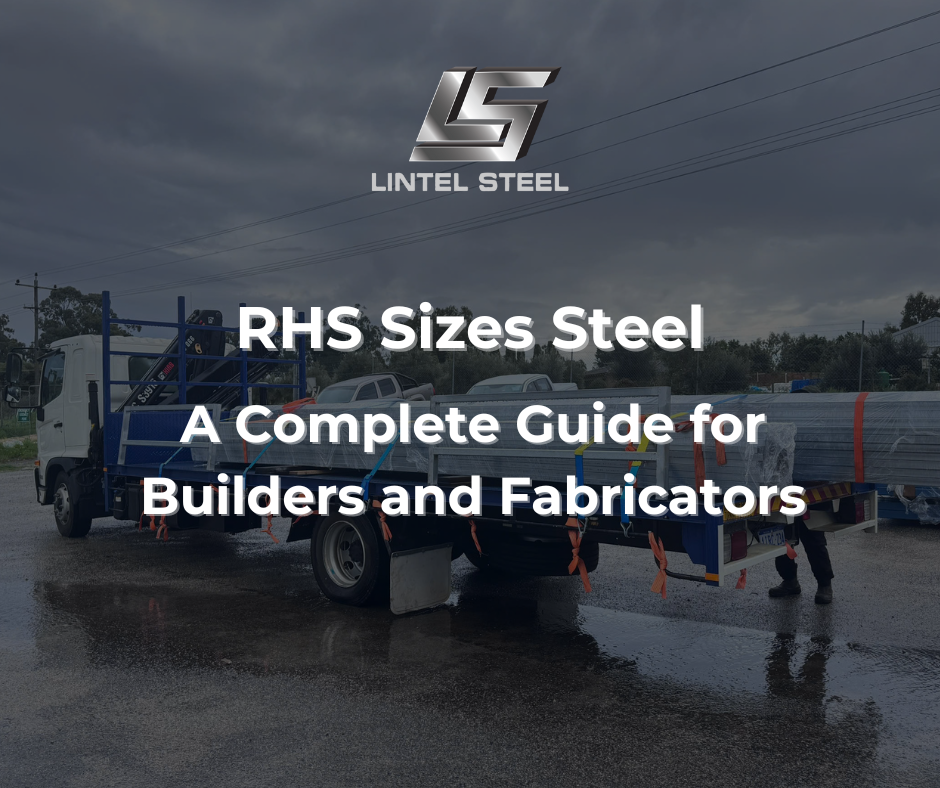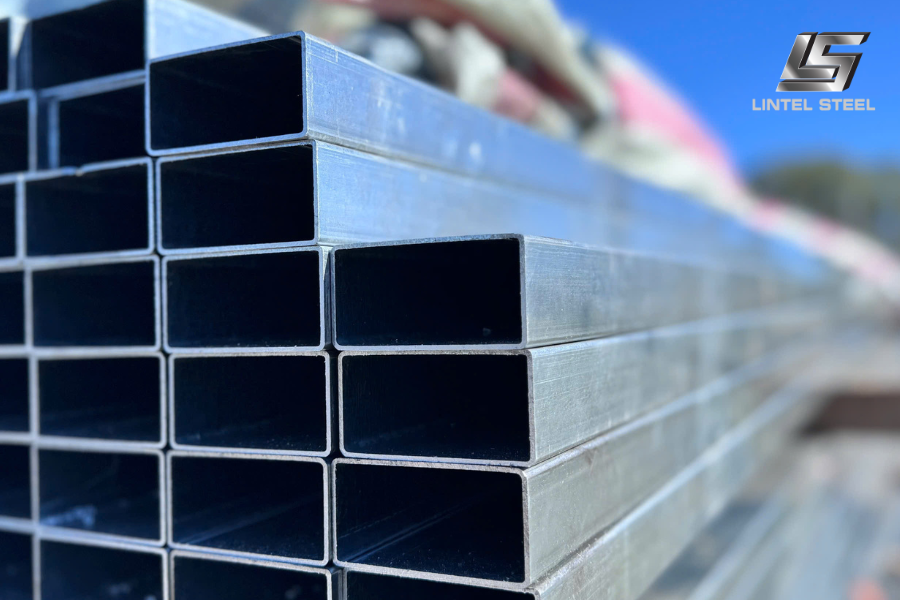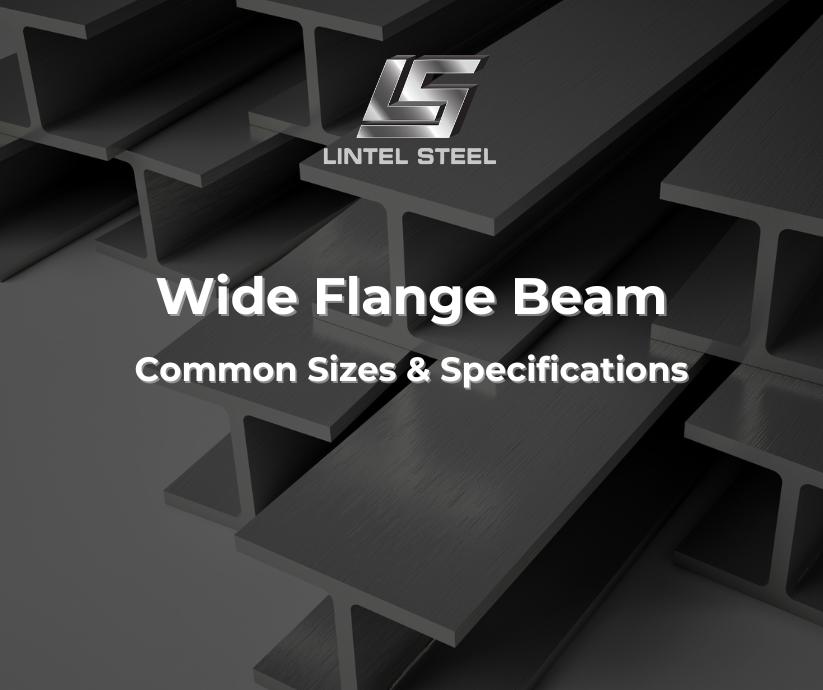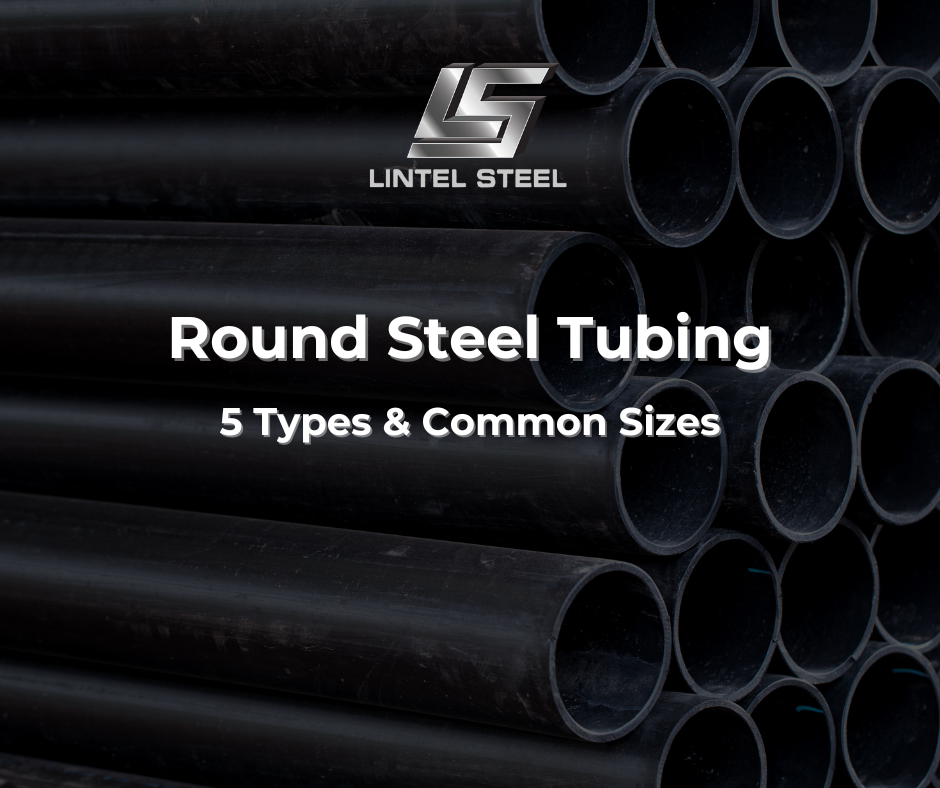RHS Sizes Steel: 8 Must-Know Dimensions and Proven Advantages

When it comes to construction, fabrication, or any type of structural project, RHS sizes steel is a topic that often comes up. RHS stands for Rectangular Hollow Section, and these steel tubes are widely used across residential, commercial, and industrial projects. The choice of RHS depends heavily on the sizes available, as the right size ensures the perfect balance between strength, weight, and cost.
In this guide, we’ll break down what RHS is, common RHS steel sizes, and how to choose the right dimensions for your project.
What Is RHS Sizes Steel?
RHS sizes steel refers to the different dimensions of Rectangular Hollow Section steel products. These are flat-sided steel tubes shaped into rectangular profiles, designed to provide both aesthetic appeal and structural integrity.
The term “sizes” indicates the width, height, and thickness of each RHS steel product. These measurements are critical because they define how the steel section will perform under different loads and applications.
Common RHS Sizes Steel
RHS steel is manufactured in a wide range of dimensions to meet various project needs. While actual availability may differ depending on suppliers, here are some common RHS sizes steel:
- 50 x 25 x 2.0 mm – small and lightweight, often used in furniture and light frameworks.
- 75 x 50 x 2.5 mm – a medium option suitable for gates, smaller posts, and lightweight structures.
- 100 x 50 x 3.0 mm – popular in both commercial and domestic building applications.
- 150 x 100 x 4.0 mm – heavy-duty section for load-bearing frames, machinery, and large gates.
- 200 x 100 x 6.0 mm – large section used in heavy construction and industrial frameworks.
These dimensions typically follow the format: Height x Width x Wall Thickness (in mm).
Why RHS Sizes Steel Matters in Construction
Choosing the correct RHS sizes steel is crucial because each project has unique strength requirements. Using an undersized RHS may compromise stability, while oversizing can increase costs unnecessarily.
Some key benefits of having the right RHS sizes include:
- Structural Strength – ensures load-bearing capacity without bending or warping.
- Cost Efficiency – reduces waste and prevents overspending on oversized steel.
- Design Flexibility – allows architects and builders to create safe and visually appealing designs.
- Durability – when paired with galvanising or coating, the right RHS size provides long-term performance.
Applications of Different RHS Sizes Steel
The versatility of RHS sizes steel makes it one of the most widely used steel products today. Depending on the size, it can serve multiple purposes:
- Small RHS Sizes (e.g., 50 x 25 mm): Ideal for furniture, fencing, shelving, and non-structural applications.
- Medium RHS Sizes (e.g., 100 x 50 mm): Suitable for general building works, framework, and support beams.
- Large RHS Sizes (e.g., 200 x 100 mm): Best for heavy construction projects, warehouses, bridges, and industrial facilities.
How to Choose the Right RHS Sizes Steel
Selecting the right RHS sizes steel is not just about picking a dimension from a catalog. It’s about making sure the steel section matches the structural, financial, and practical needs of your project. A careful choice can save money, improve safety, and extend the lifespan of your build. Let’s break down the main factors in detail:
1. Load Requirements
The first and most important consideration is the load-bearing capacity. Every construction project places a different kind of stress on the steel—whether it’s vertical load (weight pressing down), lateral forces (wind, vibration, or side pressure), or a combination of both.
- For light-duty applications like furniture frames or garden structures, a smaller RHS size (such as 50 x 25 x 2.0 mm) is often sufficient.
- For medium-duty construction such as residential frameworks or fencing, medium RHS sections (100 x 50 x 3.0 mm) provide the right balance of weight and strength.
- For heavy-duty builds like warehouses, bridges, or machinery bases, large RHS sizes (200 x 100 x 6.0 mm and above) are essential to prevent bending or collapse.
It’s always recommended to consult engineering load tables or a structural engineer to make sure the chosen RHS section meets safety standards.
2. Application and Purpose
The end use of the RHS is equally important. Not all projects require the same level of strength or finish:
- Architectural Designs – Smaller RHS sizes are often chosen for sleek looks, railings, or frames where aesthetics are more important than load-bearing.
- General Building Work – Mid-sized RHS sections are the go-to choice for home construction, gates, fencing, and supports.
- Industrial Projects – Large RHS steel is needed for factories, infrastructure, and heavy mechanical frameworks.
The key is to align the RHS size with the purpose. Overspecifying wastes money, while underspecifying risks safety.
3. Budget Considerations
Steel is a major cost component in construction. Choosing the right RHS sizes steel helps balance strength and cost-efficiency.
- Larger RHS sections use more steel, making them heavier and more expensive.
- Smaller sizes are cheaper but may not be suitable for load-bearing roles.
- Smart builders often combine different sizes in one project—using large RHS where strength is required, and smaller RHS where appearance or lightweight design is the priority.
Remember: the cheapest option upfront may cost more in the long run if it leads to repairs, replacements, or structural issues.
4. Finish and Environmental Conditions
Where and how the steel will be used plays a huge role in selecting RHS.
- Indoor Use – Non-galvanised RHS may be acceptable indoors if it won’t be exposed to moisture.
- Outdoor Use – For fences, pergolas, and construction exposed to rain, a galvanised RHS size is strongly recommended. Hot-dip galvanising provides a protective zinc layer, making the steel highly resistant to rust and corrosion.
- Marine or Harsh Environments – For coastal areas or chemical plants, galvanised RHS or even special coatings are necessary to extend lifespan.
The right size combined with the right finish ensures that the steel performs well for decades, even in tough conditions.
5. Supplier Availability and Standard Sizes
Not every steel supplier carries the full range of RHS sizes steel. Before finalising your project design, it’s important to check availability.
- Commonly stocked sizes include 50 x 25 mm, 75 x 50 mm, 100 x 50 mm, 150 x 100 mm, and 200 x 100 mm, with thickness ranging from 2.0 mm up to 6.0 mm.
- Some custom sizes may require special orders, which can add cost and lead time.
- Local suppliers often keep a stable inventory of standard sizes to meet regular construction needs, but large-scale projects may need advanced planning.
Working with a reliable steel supplier ensures consistent quality, quicker delivery, and access to both common and custom RHS sizes.
RHS Sizes Steel vs SHS and CHS
When exploring the world of hollow steel sections, it’s common to come across three main types: RHS (Rectangular Hollow Section), SHS (Square Hollow Section), and CHS (Circular Hollow Section). While they share the same idea—a hollow steel profile with excellent strength-to-weight ratio—their shapes, dimensions, and applications set them apart. Understanding these differences is key to choosing the right section for your project.
1. Rectangular Hollow Section (RHS)
- Shape & Structure: Flat sides with a rectangular cross-section. The width is usually larger than the height, making it easy to use in load-bearing applications.
- Strength & Use: RHS steel excels where long spans and flat surface connections are required. The flat sides allow for easy welding, bolting, or cladding attachment.
- Common Applications: Beams, rafters, structural frames, gates, bridges, and general construction. Because of its geometry, RHS sizes steel can handle directional loads efficiently, making it the go-to choice for frameworks.
- Popular Sizes: 50 × 25 mm, 100 × 50 mm, 150 × 100 mm, 200 × 100 mm, with wall thicknesses from 2.0 mm up to 6.0 mm or more depending on load requirements.
2. Square Hollow Section (SHS)
- Shape & Structure: Perfectly symmetrical square profile with equal width and height.
- Strength & Use: The balanced shape of SHS allows it to distribute loads evenly in multiple directions, making it a versatile choice. SHS is often used where a combination of aesthetics and strength is required.
- Common Applications: Columns, balustrades, fences, and architectural frameworks. Because of its neat symmetry, SHS is often preferred in designs where both structural integrity and visual appeal matter.
- Popular Sizes: 50 × 50 mm, 100 × 100 mm, 150 × 150 mm, with thickness ranging from 2.0 mm to 6.0 mm or more.
3. Circular Hollow Section (CHS)
- Shape & Structure: A perfectly round, tube-like profile.
- Strength & Use: CHS is known for its ability to handle torsional (twisting) forces and provide clean, streamlined aesthetics. The lack of flat surfaces makes welding slightly more challenging but enhances performance in applications where airflow, pressure, or fluid transport is involved.
- Common Applications: Handrails, scaffolding, pipelines, and architectural features like arches or curved designs. CHS is also widely used in offshore and marine projects where resistance to pressure and stress is critical.
- Popular Sizes: 48.3 mm diameter (common in scaffolding), 76 mm, 114 mm, and larger diameters for pipelines, with wall thickness varying between 2.0 mm to 12.0 mm.
4. Integration in Projects
One of the biggest advantages of hollow steel sections is that RHS, SHS, and CHS can be used together in a single project. For example:
- A warehouse frame might use large RHS beams for the main structure, SHS posts for the vertical supports, and CHS pipes for handrails.
- A residential fence may combine RHS for the horizontal rails, SHS for posts, and CHS for decorative circular elements.
This interchangeability of sizes and shapes makes steel hollow sections incredibly versatile in construction, fabrication, and engineering.
5. Why RHS Sizes Steel Stands Out
Among the three, RHS sizes steel is often the most popular for construction due to:
- Flat surfaces that make fabrication simple.
- Wide range of standard dimensions available.
- Cost efficiency when spanning long distances.
- Compatibility with both SHS and CHS sections in mixed-use designs.
In short, while SHS offers symmetry and CHS provides flow and round aesthetics, RHS is the practical backbone of many structural projects thanks to its balance of strength, ease of use, and size variety.
Conclusion
Whether you’re a builder, fabricator, or homeowner, understanding RHS sizes steel is essential to achieving safe, cost-effective, and durable results in construction and design. From small-scale furniture projects to large industrial builds, there’s always an RHS size tailored to your specific need.
If you’re looking for a reliable supplier of RHS steel, make sure to check available stock sizes and choose the right dimensions for your project.
You can find out more about us at our Fanpage Lintel Steel.




